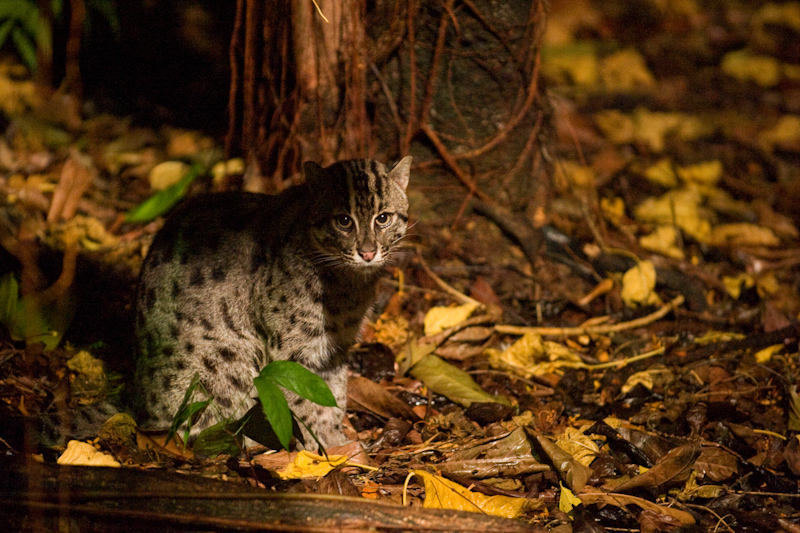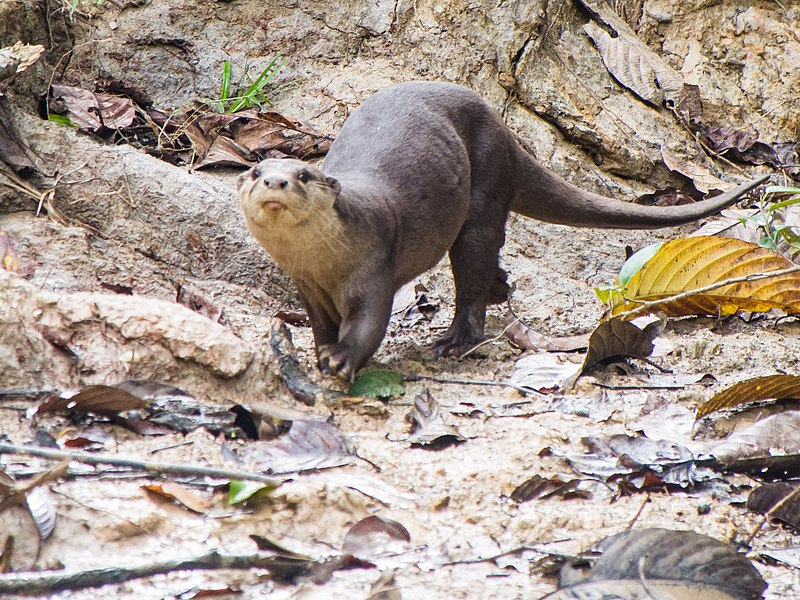Focus: GS-III Environment and Ecology, Prelims
Why in news?
- Researchers conducting a study in Odisha’s Chilika Lake have found the presence of a viable, breeding population of a fishing cat in the brackish water lagoon.
- It is a globally endangered species that is elusive and found in very few places in south and southeast Asia.
- Another globally endangered species, smooth-coated otter, has also been recorded from the study’s data.
Fishing Cat

- The fishing cat (Prionailurus viverrinus) is a medium-sized wild cat of South and Southeast Asia.
- Since 2016, it is listed as Vulnerable on the IUCN Red List.
- Fishing cat populations are threatened by destruction of wetlands and have declined severely over the last decade.
Smooth-Coated Otter

- The smooth-coated otter (Lutrogale perspicillata) is an otter species occurring in most of the Indian subcontinent and Southeast Asia, with a disjunct population in Iraq.
- The smooth-coated otter is a protected species in most range countries and listed globally as a vulnerable species. It had been listed on CITES Appendix II since 1977.
- Since August 2019, it is included in CITES Appendix I, thus strengthening its protection in regards to international trade.
IUCN
- The International Union for Conservation of Nature (IUCN) is a membership union uniquely composed of both government and civil society organisations.
- Created in 1948, it is the global authority on the status of the natural world and the measures needed to safeguard it.
- It is headquartered in Switzerland.
- The IUCN Red List of Threatened Species, is the world’s most comprehensive inventory of the global conservation status of plant and animal species.
CITES Appendix
- The Convention on International Trade in Endangered Species of Wild Fauna and Flora (CITES) is an international agreement to which States and regional economic integration organizations adhere voluntarily.
- CITES was drafted as a result of a resolution adopted in 1963 at a meeting of members of the International Union for Conservation of Nature (IUCN).




